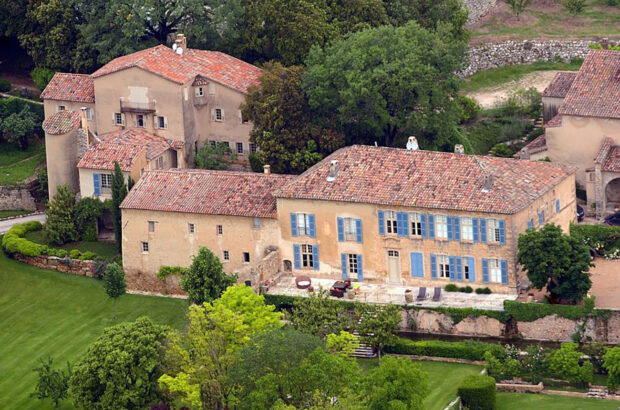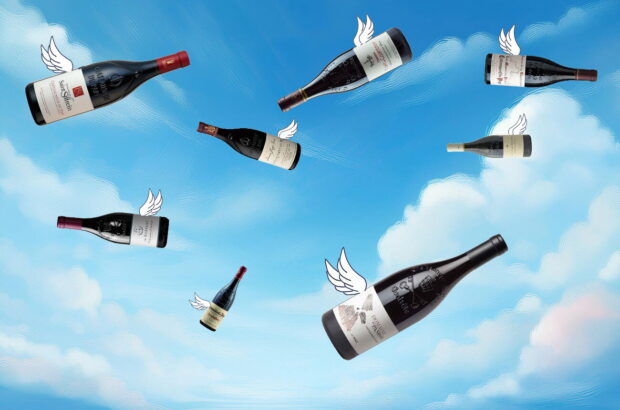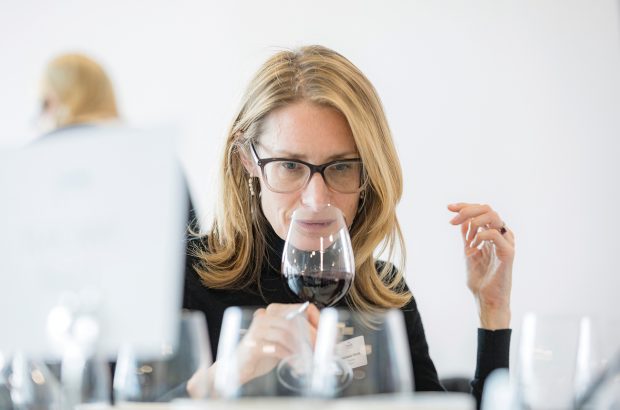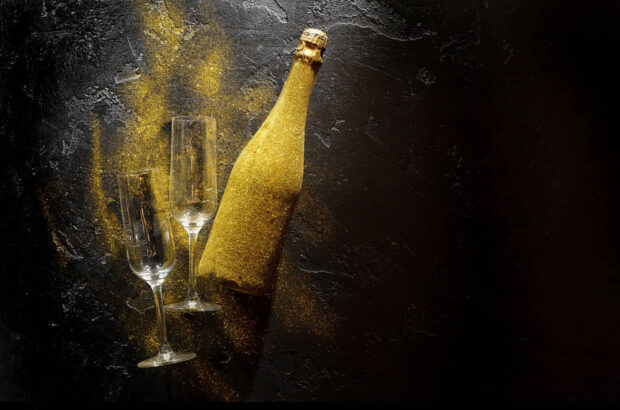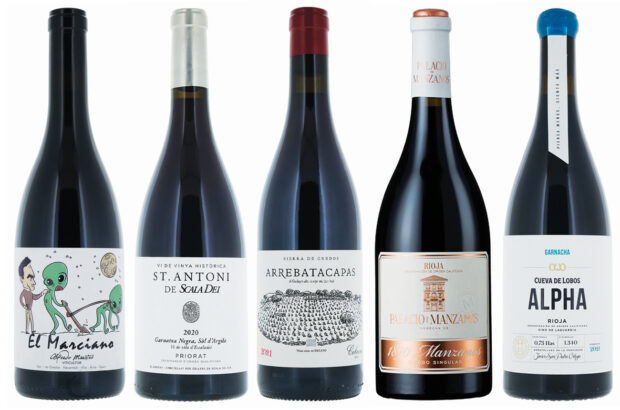One pleasure everyone can share is the wisdom of hindsight. How we love to hear about the British Astronomer Royal who said space travel was ‘bunkum’ on the eve of the first Sputnik launch, or that Decca Records passed on the Beatles because an executive thought guitar groups were finished. A wine equivalent would be Alexis Lichine, the American wine guru, pronouncing in 1967 that oak barrel fermentation was on its way out. The only reason they did it in Burgundy, he explained in his Encyclopaedia of Wines and Spirits, was that barrels were all they had. The future belonged to stainless steel, easy to clean and lending itself to temperature control.
As we know, it didn’t turn out like that. If they can afford to, modern winemakers like to bring grapes and oak into contact as early and as often as possible. Witness the newly built wooden fermentation tanks at Robert Mondavi’s main Napa winery, or the impossible sounding phenomenon of ‘200% new oak’ (meaning a second lot of new oak barrels for the malolactic fermentation) or the ominous rise of the oak bore, who pronounces on the merits of the Nevers and Allier forests in the confident tones used to praise or damn different grape varieties.
But in a way, Lichine was right. The French historically used oak from necessity rather than choice. No-one analysed what barrels did, or why – they just carried on doing what seemed to work best.
Now barrels have become the main symbol of premium wine and French cooperages have expanded beyond their wildest dreams, in some cases on both sides of the Atlantic. Their American and Australian customers have a wide vocabulary of connoisseurship with which to debate the best length of time to air dry staves, or levels of ‘toast’ for barrels, or the quality of wood from different forests. A quarter of a century ago these would all have been a closed book, even to the coopers themselves. a scientific business French oak barrels have become as indispensable as French grape varieties were to a previous generation. The trade links that were created have transformed both the French suppliers and the American customers. Russ Rosner, who is now the winemaker at the Sokol-Blosser winery in Oregon, worked for Mondavi between 1983 and 1997, where he was in charge of the company’s barrel procurement programme. This gave him responsibility for no fewer than 40,000 casks, each bought new for about $600. His conclusion is that a cooper’s job has become far more scientific than it was 100 years ago.
‘A lot of the coopers are very interested in understanding exactly what they’re doing and how they can control the process. On the other hand, it has become less technical in the winery. There isn’t the urge that there was to make squeaky clean, technically perfect wines’. Back in the 1970s when the Mondavi company first started buying barrels, the industry saw them as a way of adding a particular flavour, ideally to inert filtered wines. Now it’s all much more complicated. Barrel fermented white wine tastes less oaky than wine that’s fermented in tank and moved to wood to mature. Equally startling is the fact that concentrated red wines – the kind that benefit from new oak barrels – can become less, not more, oaky tasting with prolonged cask maturation.
‘In the 1970s and early 1980s people tended to filter the wine and stick it in barrel,’ Rosner recalls. ‘That way it becomes very oaky and never really integrates. Also, when you first put wine into a new barrel it becomes oaky very quickly. A lot of the time people will panic and pull it out. Sometimes that’s the right thing to do. But if you pull it out you’re stuck with it.’
This empirical observation has been validated by chemical analysis. If a wine with sufficient stuffing is left in the cask, the wood and grape tannins, oxygen and protein will interact to create new long molecules. Some of these create a rich mouthfeel while others drop out as sediment. But there can be problems. ‘Barrels are incredibly frustrating,’ says Rosner. ‘They split easily, and they don’t hold a lot.’ They can also harbour contaminants, such as the ‘corked wine’ chemical TCA, or rogue organisms like the wild yeast Brettanomyces species. ‘There was a point when we were incredibly concerned about it. When we started we used bleach solutions, but ultimately you’d end up ruining the barrel. Today we aren’t going to shoot ourselves in the foot to eliminate Brett, like by pickling our wines in sulphur dioxide.’ While the Americans used science, in Rosner’s words, to ‘validate what had already been discovered non-scientifically’, they also created new systems of classification. The Mondavi winery would take the same wine and see how it evolved in different coopers’ barrels, noting the different forests and the different levels of toasting. Often they’d do this side by side with the barrel makers – the company would fly them over in the spring to take part in comparative tastings.
Different grains
In May 1987 the Californian magazine Practical Winery gave some conclusions. Woods from the Tronçais, Allier and Vosges forests were classed as ‘tight grained’, but the first two were ‘more aggressive’ than Vosges oak, which had a ‘very long and very delicate finish on the nose and palate’. Limousin was ‘open grained’, had ‘little finesse’ and was ‘aggressive and harsh’ with a ‘sharp finish’. Nevers and Bourgogne were classed as ‘average grain’, giving a vanilla flavour, round on the nose and with a short finish.
Soon the coopers’ overseas customers began to specify a specific wood as well as a level of toasting. Jim Clendenen of Au Bon Climat swears by Vosges for Pinot Noir and the less well-known Bertranges (between Burgundy and the eastern Loire appellations) for Chardonnay. ‘It’s the sweetest wood, with the softest tannins,’ he explains. But specifying one forest hasn’t always been a guarantee of what would arrive. A disgruntled ex-employee of one American cooperage told Rosner that wood would arrive from France and then get stamped with whatever name a customer had ordered. Now a system similar to wine appellations is in place, but there are so many variables that forest origin can get lost among them. The house style of the cooperage could be more important than the supplier of the wood. Even a single tree will yield different kinds of wood, depending on where on the trunk it’s taken from.
Rosner no longer asks for one forest’s wood by name. ‘You don’t necessarily ask the cooper to do what he isn’t used to doing. If I deal with a small cooperage I won’t request wood from the Vosges, even though I may like that wood a lot. I’ll just ask: “What’s your best wood this year?”.’
This relationship depends on trust, which hasn’t always been in ample supply. When the boom in oak took off, coopers ran short of stocks of properly seasoned wood, and there were instances where customers’ wines were spoilt by raw, immature barrels. Ultimately winemakers have to delegate to these craftsmen and accept that results can vary, even when forests and toast levels are specified. ‘I think we were applying a scientific method in a non-scientific area,’ says Rosner. ‘In the end, talking to coopers is far more important than studying wood.’


